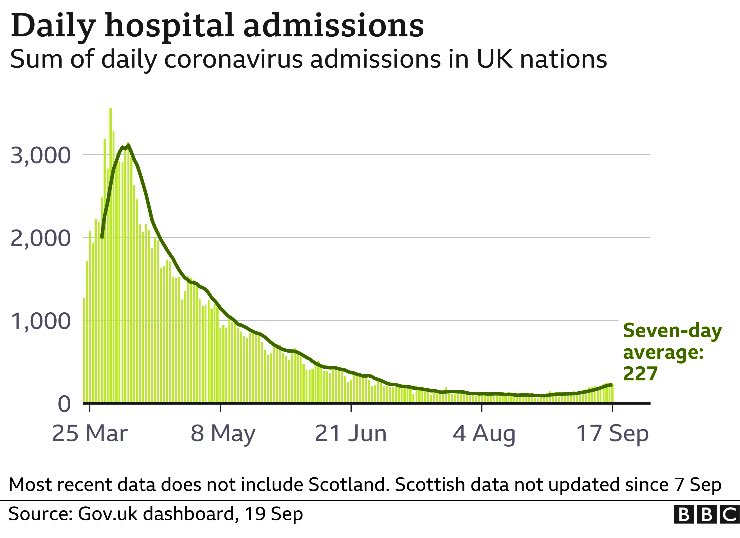@QualDash is a #dashboard generation engine that allows the dynamic configuration & deployment of #visualisation dashboards for #healthcare quality improvement. By @MaiShehaly @HCIforHealthIT @tasha_alvarado @IEEEXplore @IEEETBioCAS
Adapting #dashboard design to different contexts of use is an open question in #visualisation research.
Dashboard designers often seek to strike a balance between #dashboard adaptability & ease-of-use, & in hospitals challenges arise from the vast diversity of key metrics, #data models & users involved at different organisational levels.
In this design study, we present @QualDash, a dashboard generation engine that allows the dynamic configuration & deployment of visualisation #dashboards for #healthcare quality improvement (QI). #NHS @CardiacAudit
We present a rigorous task analysis based on interviews with healthcare professionals, a co-design workshop & a series of one-on-one meetings with front line analysts.
From these activities we define a metric card metaphor as a unit of visual analysis in healthcare QI, using this concept as a building block for generating highly adaptable dashboards, & leading to the design of a Metric Specification Structure (MSS).
Each MSS is a JSON structure which enables dashboard authors to concisely configure unit-specific variants of a metric card, while offloading common patterns that are shared across cards to be preset by the engine.
We reflect on deploying & iterating the design of @QualDash in #cardiology wards & #pediatric intensive care units of five #NHS hospitals. Finally, we report evaluation results that demonstrate & adaptability, ease-of-use & usefulness of QualDash in a real-world scenario.
Trust in visualised information is enhanced by a level of moderation for dashboard authoring.
MSS configuration files acted as a communication medium between our visualisation team, clinicians & support staff - allowing for moderated view definitions that ensured safe interpretation of the visualisation.
Modular view composition, as supported in the QualCards, enables focused communication between dashboard authors, users & system administrators.
Comments on #QualDash were fed back to us regarding specific QualCards, which enabled refinement & validation iterations to affect localised metric-specific views while leaving the remaining parts of the dashboard intact.
Sequenced rendering of views, which is materialised by QualCard expansion, provided a metaphor that captured dashboard users’ task sequences & lines of enquiry pertaining to different metrics.
Our paper is live at raruddle.files.wordpress.com/2020/09/elsheh…
• • •
Missing some Tweet in this thread? You can try to
force a refresh






